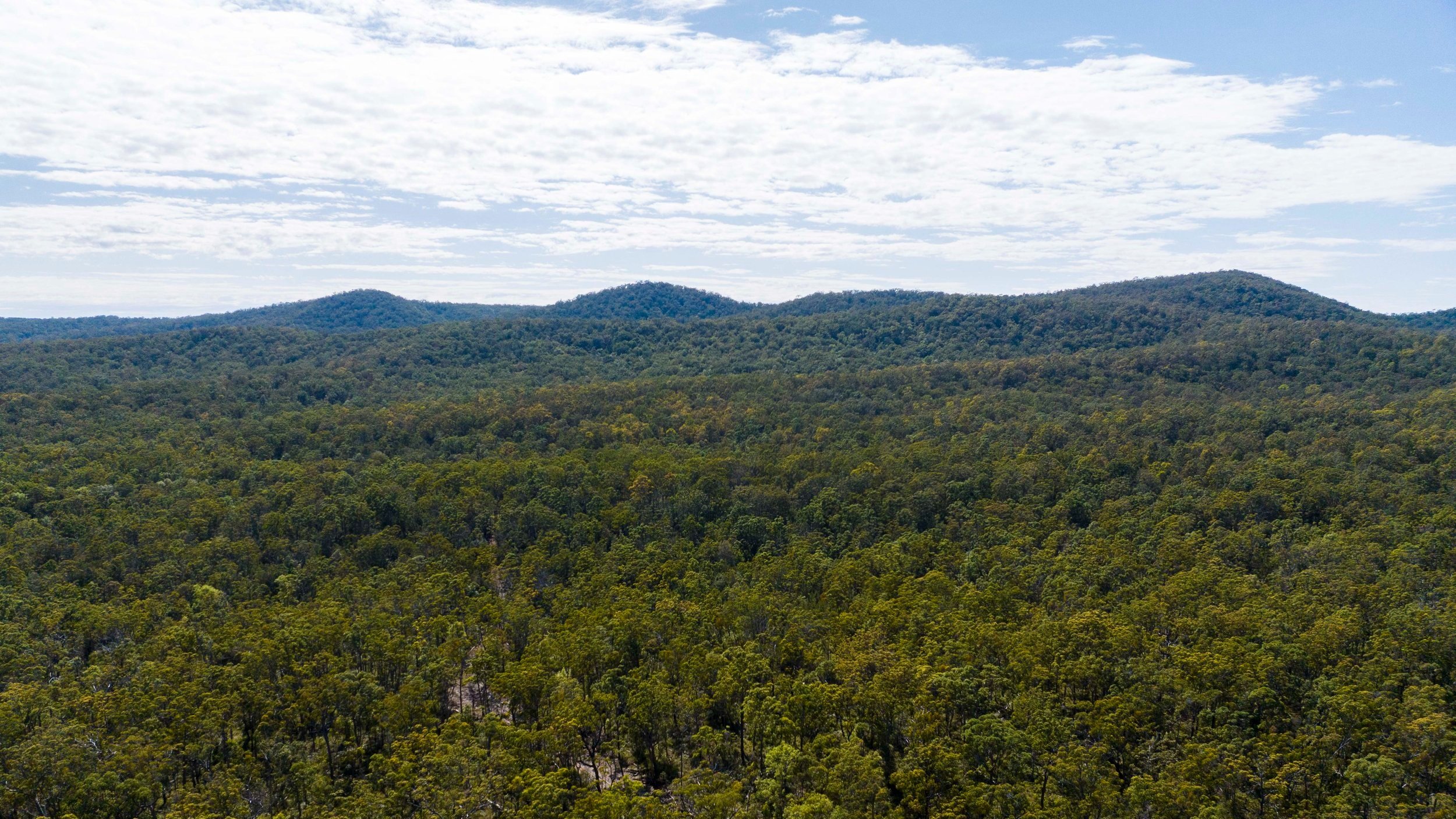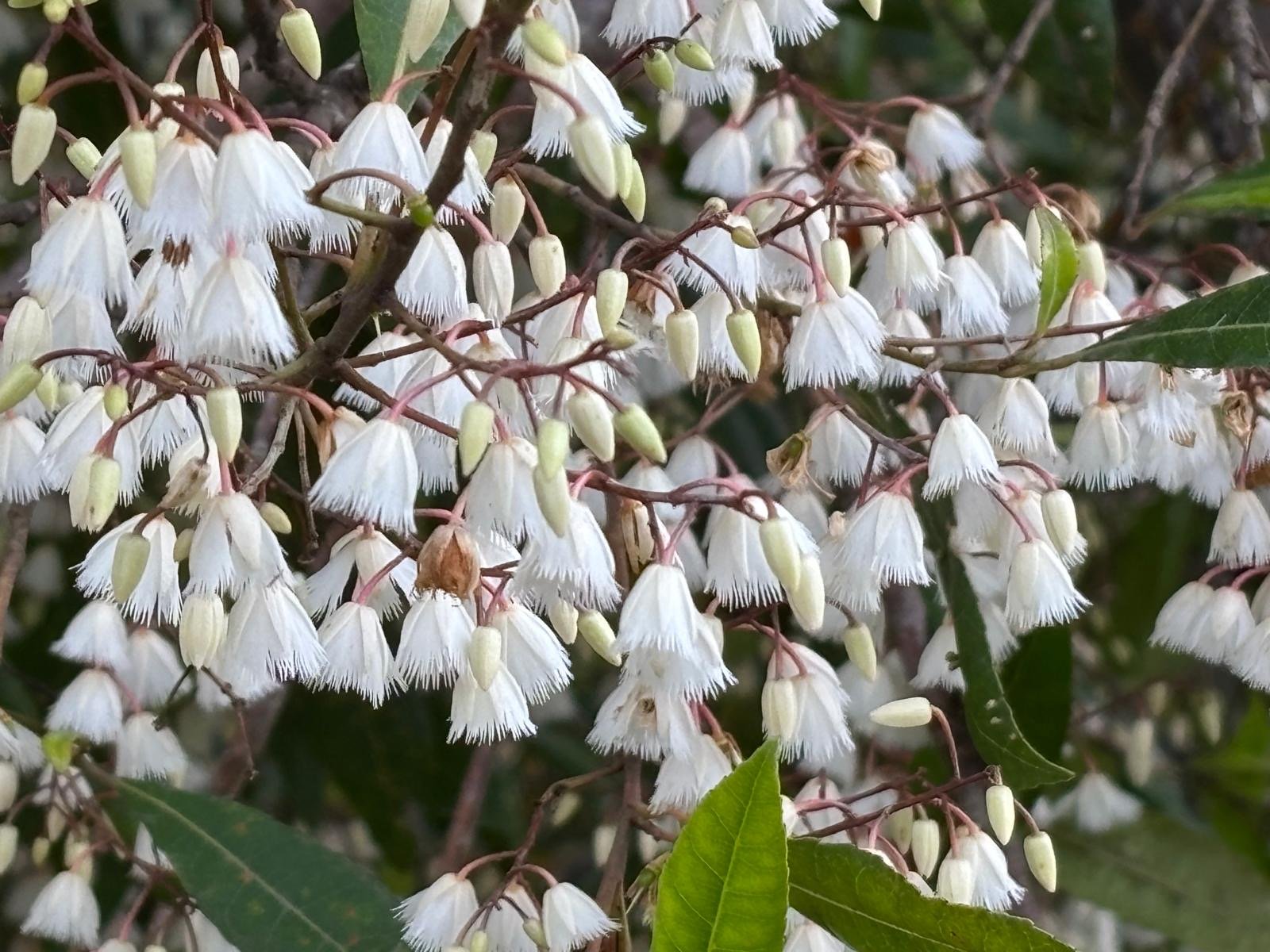
Thriving Habitats & Empowered Communities
Corymbia Biodiversity Project
Bringing together a wide ranging and diverse set of actors and actions to assist in the achievement of state and national level threatened species recovery efforts inside and outside of our boundaries.
We empower communities, build relationships and seek information and technologies that help us increase the survival rates of key flora and fauna in the Clarence Valley and beyond.
Through our dedication to conservation, habitat restoration, protection, education and research, we are creating an environment where native animals such as the Coastal Emu, Eastern Chestnut Mouse and plants such as the Square Fruited Ironbark not only survive, but flourish in their natural habitat.
Banyula Conservation Reserve
‘Banyula’, an integral part of the Corymbia Biodiversity Project, spans 466 hectares in the picturesque Pillar Valley of North-Eastern NSW, on Yaegl Country.
This unique property is centrally located within the Upper Coldstream Biodiversity Hotspot, known for its significant biodiversity values. The Hotspot contains some of the world's most diverse eucalypt forests and wetlands, supporting over 1100 plant species, over 100 of which are listed threatened species such as the Square Fruited Ironbark.
The hotspot also supports over 200 animal species, including nationally listed threatened species such as Spotted Tailed Quoll, New Holland Mouse, Greater Glider, and Koala.
At Banyula Conservation Reserve, we are protecting and improving the habitat of these, and other threatened species known or likely to be living or foraging on the property, including the endangered population of Coastal Emu, Brush-tailed Phascogale Rufous Bettong and Eastern Chestnut Mouse. In doing this, we aim to align with and contribute to state and national threatened species recovery efforts.
Banyula also offers opportunities for scientific research, education, and community engagement which support our broader biodiversity goals.
Catchup on the latest news:
Become a Friend of Banyula
Join the Friends of Banyula mailing list to receive inspiring good news stories, invites to events, and updates on activities organised by us and other like-minded organisations and individuals. Stay connected and be part of our mission to protect and preserve our natural world!
Caught on Camera:
The good, the bad and the super cute!
More on our YouTube channel www.youtube.com/@CorymbiaProject









